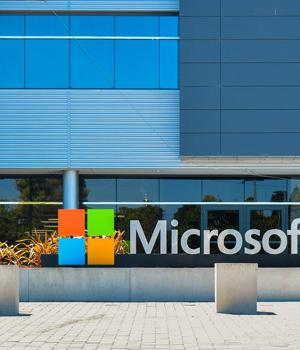Security News > 2021 > August > Microsoft 365's new security model: How to use phishing simulations and security mailboxes

Most of the time it's the first; it can be complicated to add security to a running system without affecting how everyone does their jobs-in some cases even the security team.
It's a process the initial notification described as Microsoft taking responsibility for its role as a security service and acting "On your behalf to prevent your users from being compromised." As the process continues to roll out, one of the most obvious effects will be on security teams testing their systems and their staff.
It's an important change, using Microsoft's security graph to build a model of phishing messages that's good enough to identify them with high confidence.
It's clear that this final stage of the process could cause some security teams issues, as Exchange's mail flow system is often used to manage attack simulations and to route suspicious messages to third-party security tools and custom security mailboxes that aren't part of Exchange's mail quarantine tool.
Advanced Delivery Policy is a powerful tool, as it stops messages defined by the policy from being filtered, using specific overrides for phishing simulations and for specific security mailboxes.
These define mailboxes used for security purposes, with tools to check rules and remove invalid ones, for example adding additional security mailboxes.
News URL
Related news
- Android Malware Exploits a Microsoft-Related Security Blind Spot to Avoid Detection (source)
- Week in review: Chrome sandbox escape 0-day fixed, Microsoft adds new AI agents to Security Copilot (source)
- April 2025 Patch Tuesday forecast: More AI security introduced by Microsoft (source)
- Google's got a hot cloud infosec startup, a new unified platform — and its eye on Microsoft's $20B+ security biz (source)
- Microsoft: Windows 'inetpub' folder created by security fix, don’t delete (source)
- Tycoon2FA phishing kit targets Microsoft 365 with new tricks (source)
- Gamma AI Platform Abused in Phishing Chain to Spoof Microsoft SharePoint Logins (source)
- Widespread Microsoft Entra lockouts tied to new security feature rollout (source)